27 Aug How the CASE Act Will Work: Step by Step
How The CASE Act Will Work
The Copyright Alternative in Small-Claims Enforcement Act of 2019” (the “CASE Act”), H.R. 2426 and S. 1273, would create a low-cost, voluntary, streamlined tribunal within the U.S. Copyright Office to handle small copyright claims brought by copyright owners and users of copyrighted works. The relatively simple 10 step process for bringing and resolving a case before the CASE Act’s Copyright Claims Board is set forth below.
Both Copyright Holders and Copyright Users Can Use the Small Copyright Claims Process
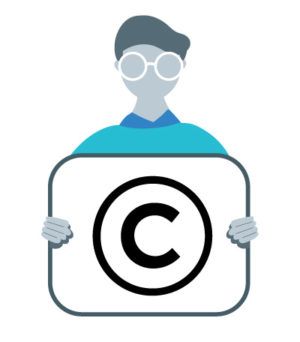
Copyright Holders
Claimants whose copyright has been infringed. (The copyright must be registered or must be applied for.)
Copyright Users
Claimants who used someone’s work, but thinks the use is permitted.
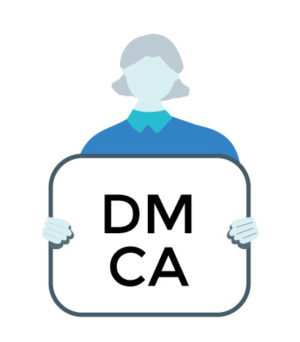
DMCA Notice Recipients
Claimants who received a DMCA notice or counternotice they believe is fraudulent.
Claim must have a potential recovery of $30,000 or less.
(scroll down)
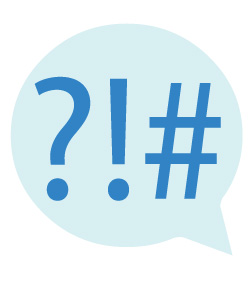
Step 1
A claim is discovered and attempts to resolve the issue were unsuccessful.

Step 2
The Claimant files a claim (or claims) with the Copyright Claims Board (CCB).

Step 3
The CCB attorneys examine the claim to make sure it meets the CASE Act’s requirements. If it does not, the Claimant has an opportunity to amend the claim.

Step 4
If the claim meets the CASE Act requirements, the Claimant notifies the Respondent about his or her claim by serving the Respondent (consistent with the Federal Rules of Civil Procedure) and explaining the proceedings and the claim (as required by the CASE Act). The CCB sends a follow-up notification to make sure the Respondent understands the proceedings and the consequences of not responding.

Step 5
The Respondent has 60 days* to decide whether to opt out or participate in the proceeding. If the Respondent opts out, the case is immediately terminated.**

Step 6
If the Respondent has not opted out, the CCB issues a scheduling order, supervises limited discovery relating to any claims and counterclaims, conducts conferences, and facilitates settlement conferences. The process is simplified and done remotely so that neither party needs to hire an attorney and travel is not necessary.
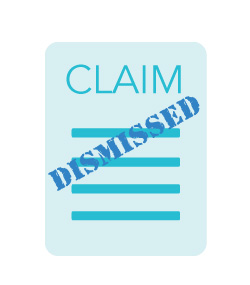
Step 7
Any time before a decision is rendered the CCB can dismiss the case for various reasons, such as a lack of evidence. The CCB can also dismiss claims brought for harassing or other improper purposes (and can order the party acting in bad faith to pay the other party’s costs), or if the claims exceed the competence of the CCB.

Step 8
If the case is not dismissed and the parties have not settled, the CCB considers the facts and legal issues at stake in the case and renders a decision based on relevant federal court precedent.
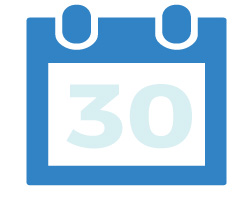
Step 9
The parties have 30 days to request reconsideration by the CCB and another 30 days to request a review by the Register of Copyrights.

Step 10
After reconsideration and review have been completed or the deadlines have passed without a request, the losing party has a limited right to appeal the decision to federal district court. If the losing party does not comply with the CCB’s judgment, the prevailing party can bring an action in federal court to enforce the CCB’s judgement.
* The 60-day period may be extended for another 60 days under exceptional circumstances. If the Respondent does not timely respond there is a lengthy process before a default judgment can be entered.
** If Respondent opts out, the copyright holder can take their claim to Federal Court (or “regular” copyright court).
